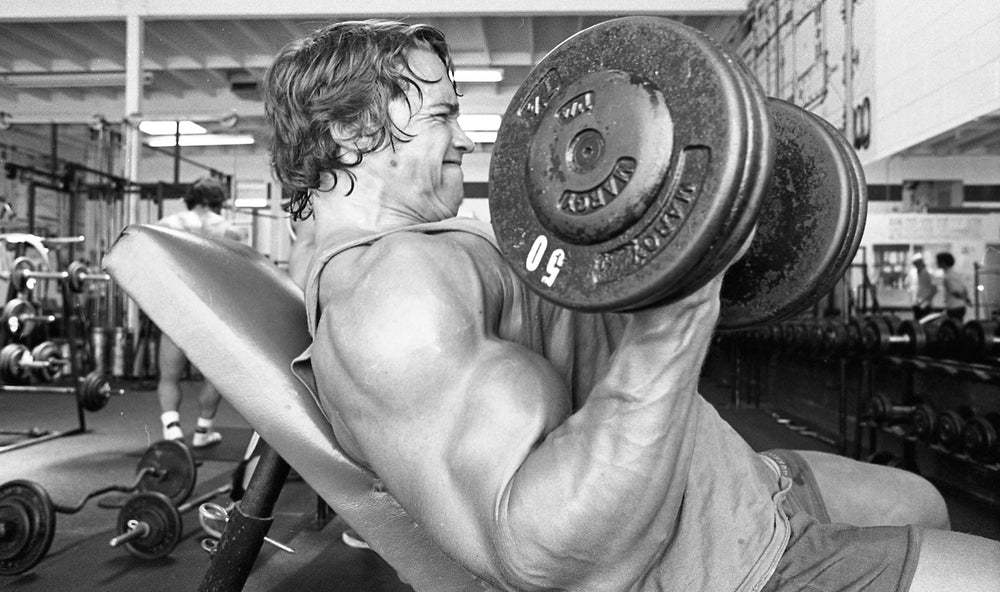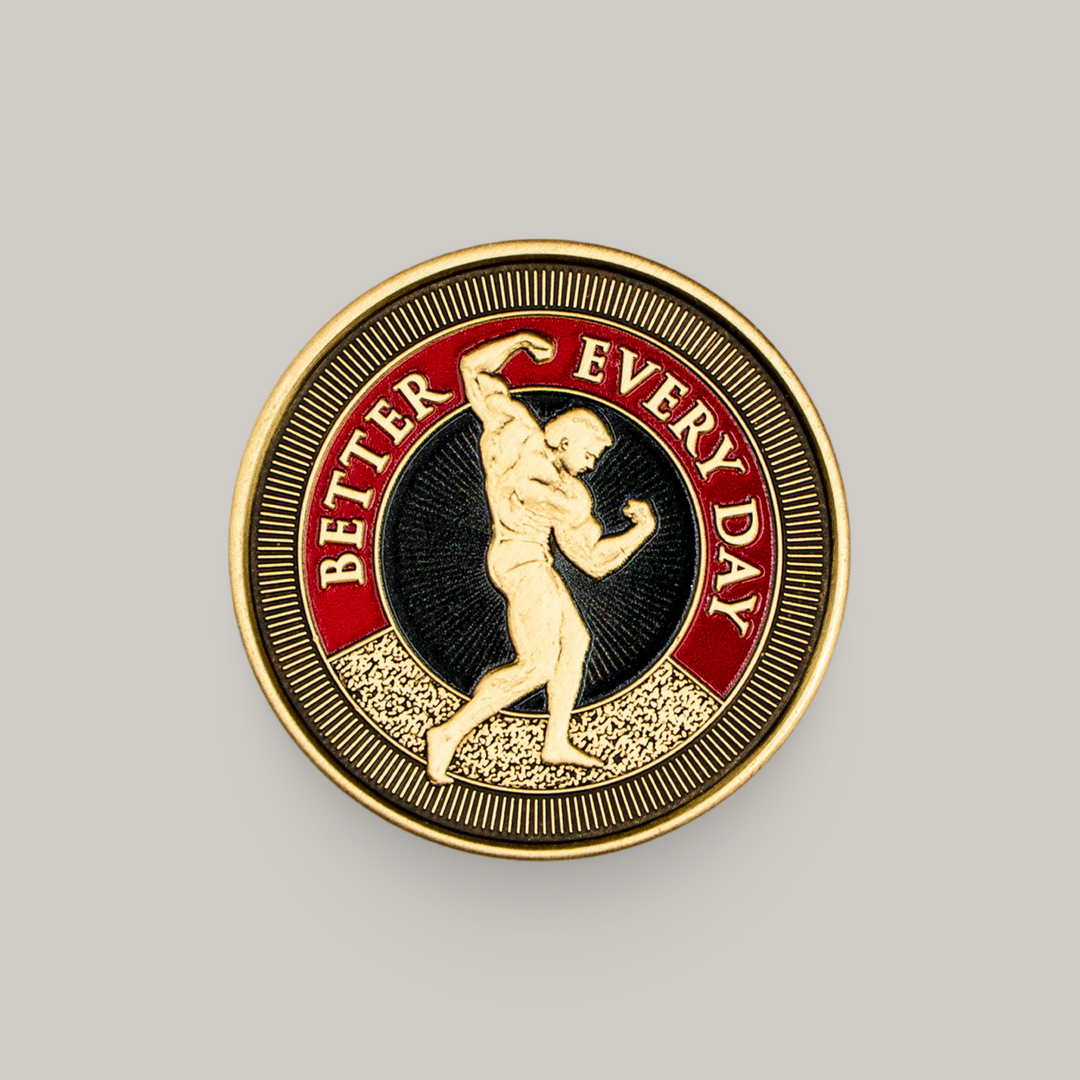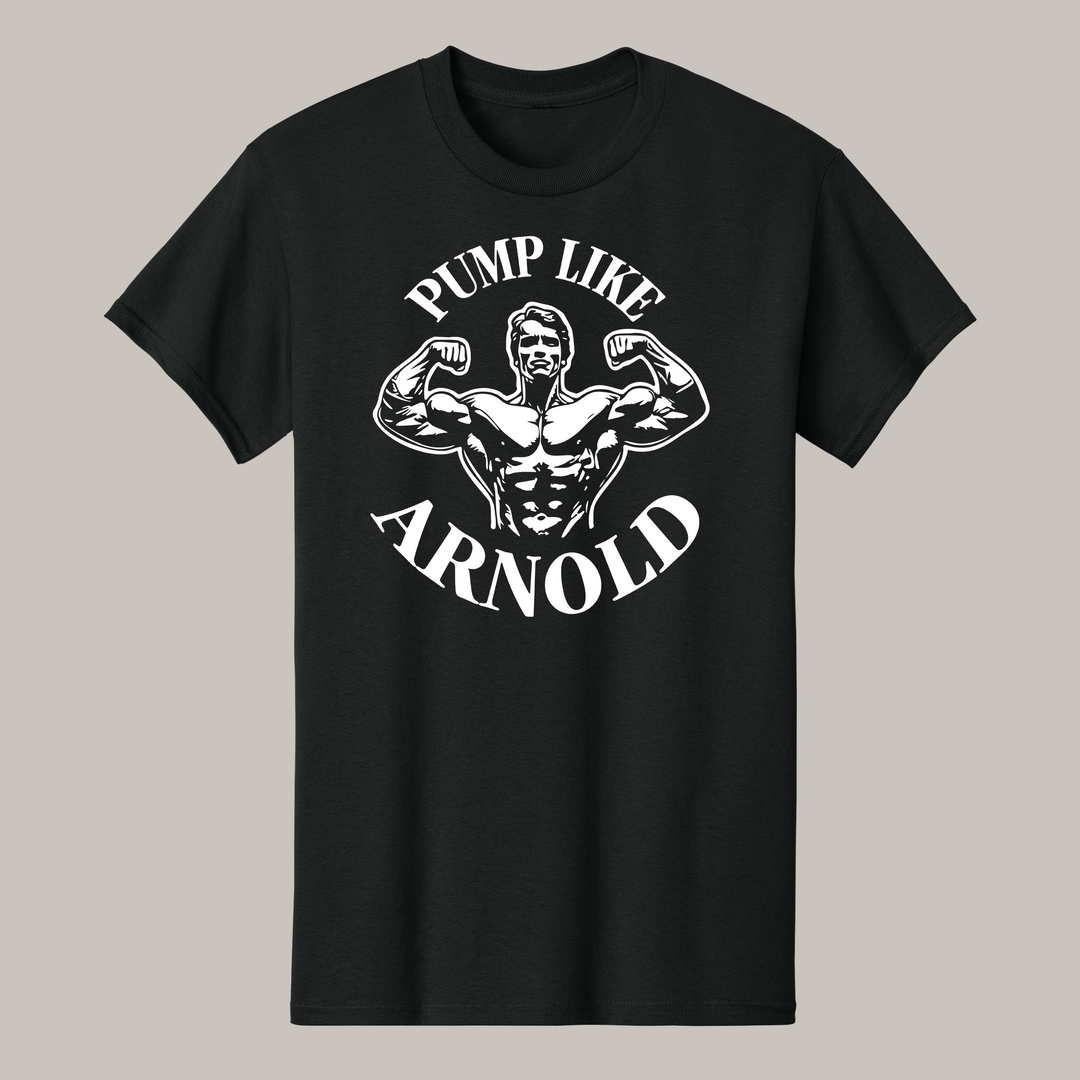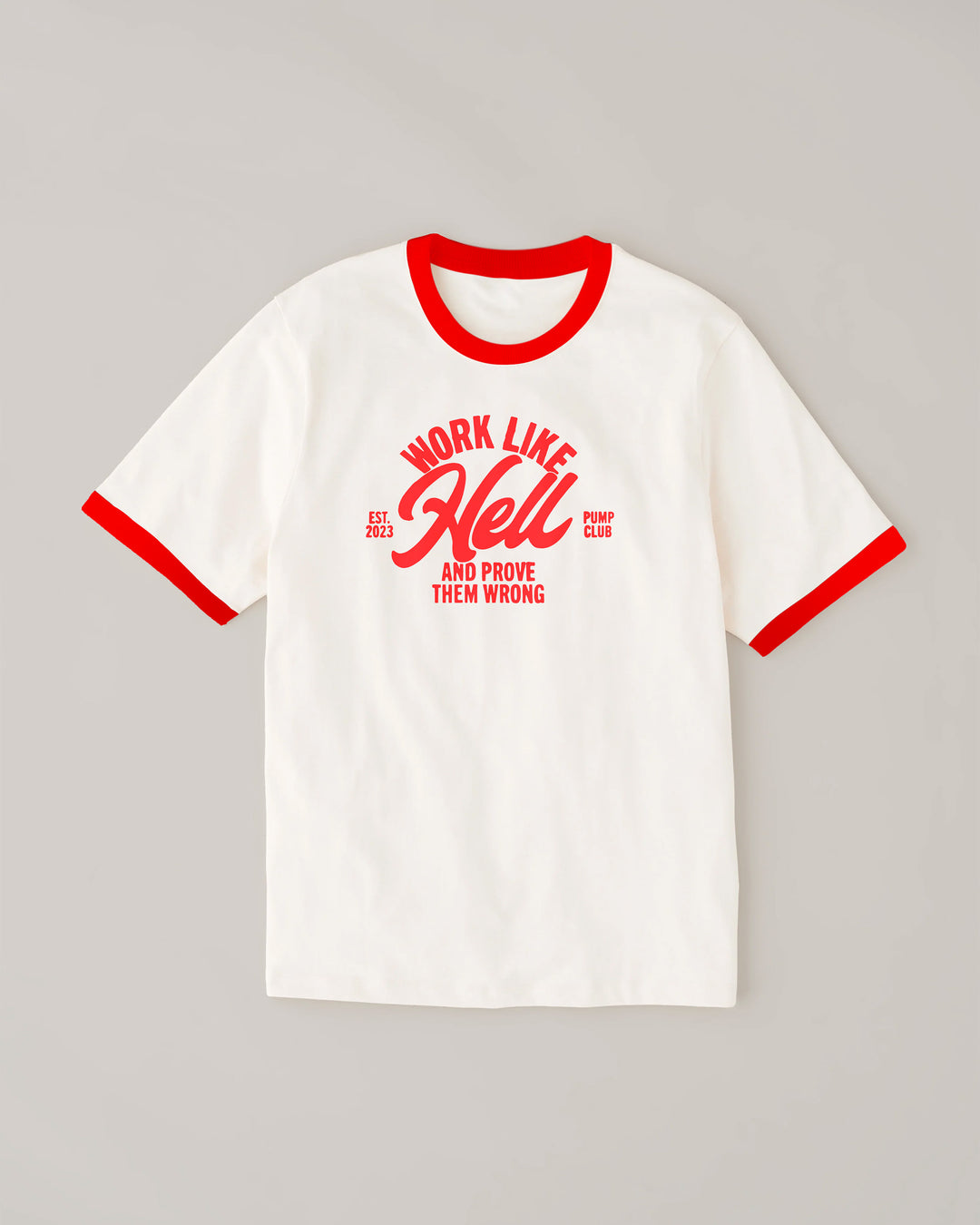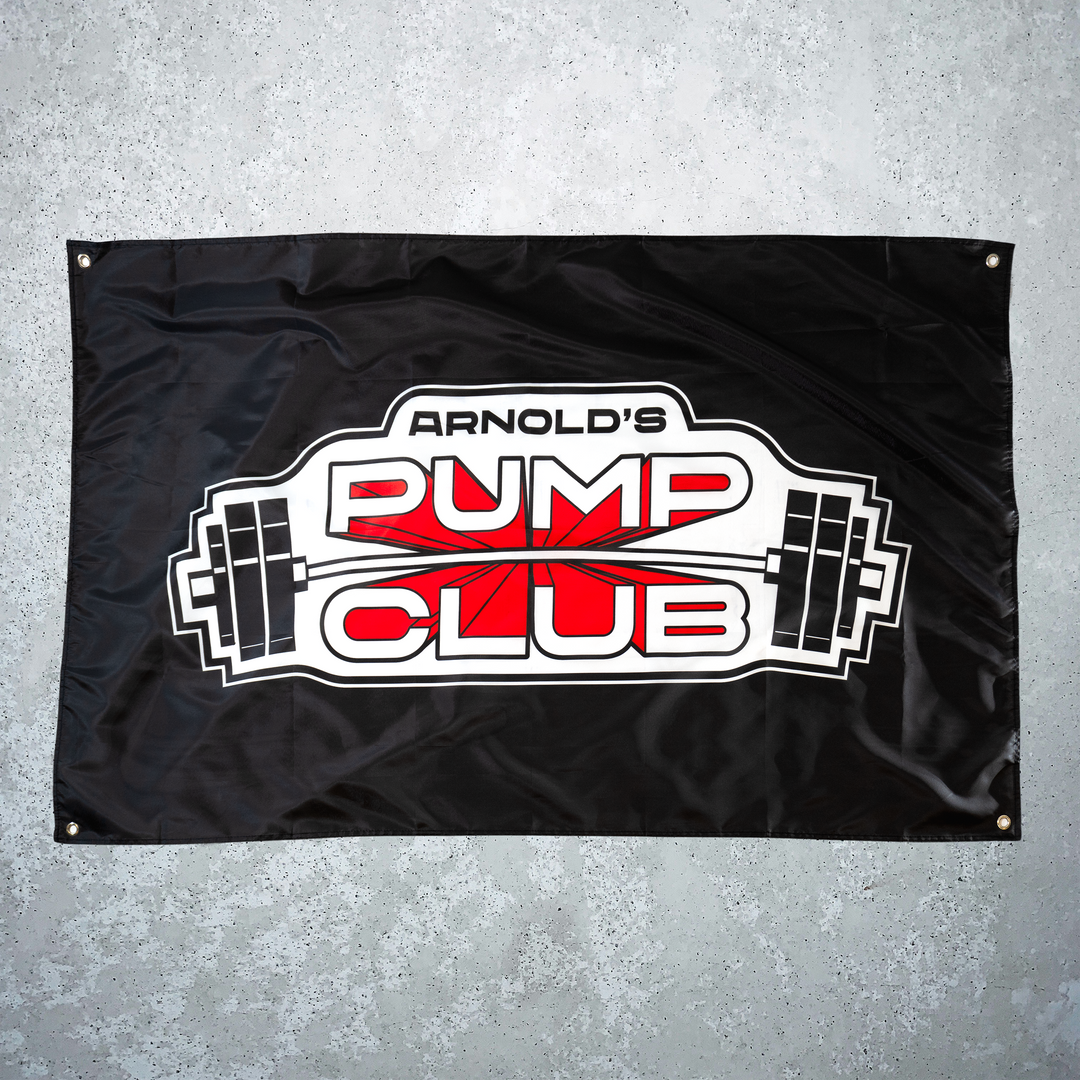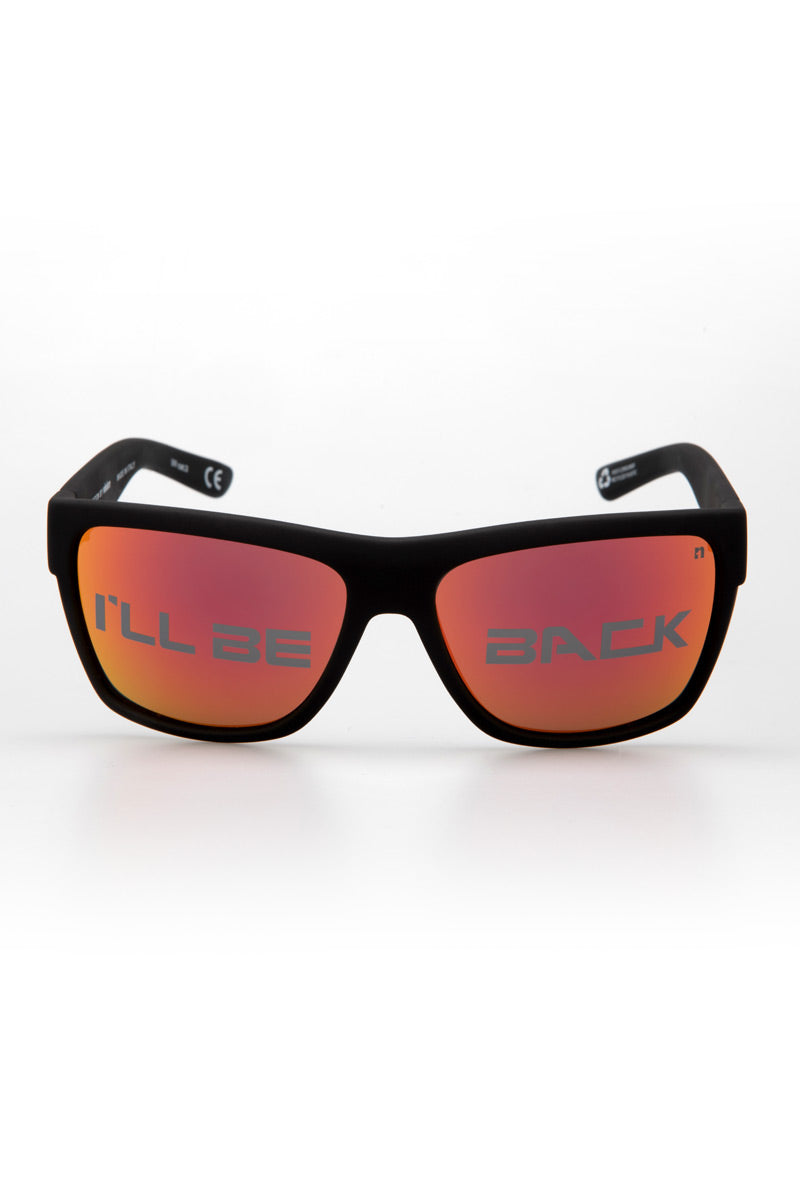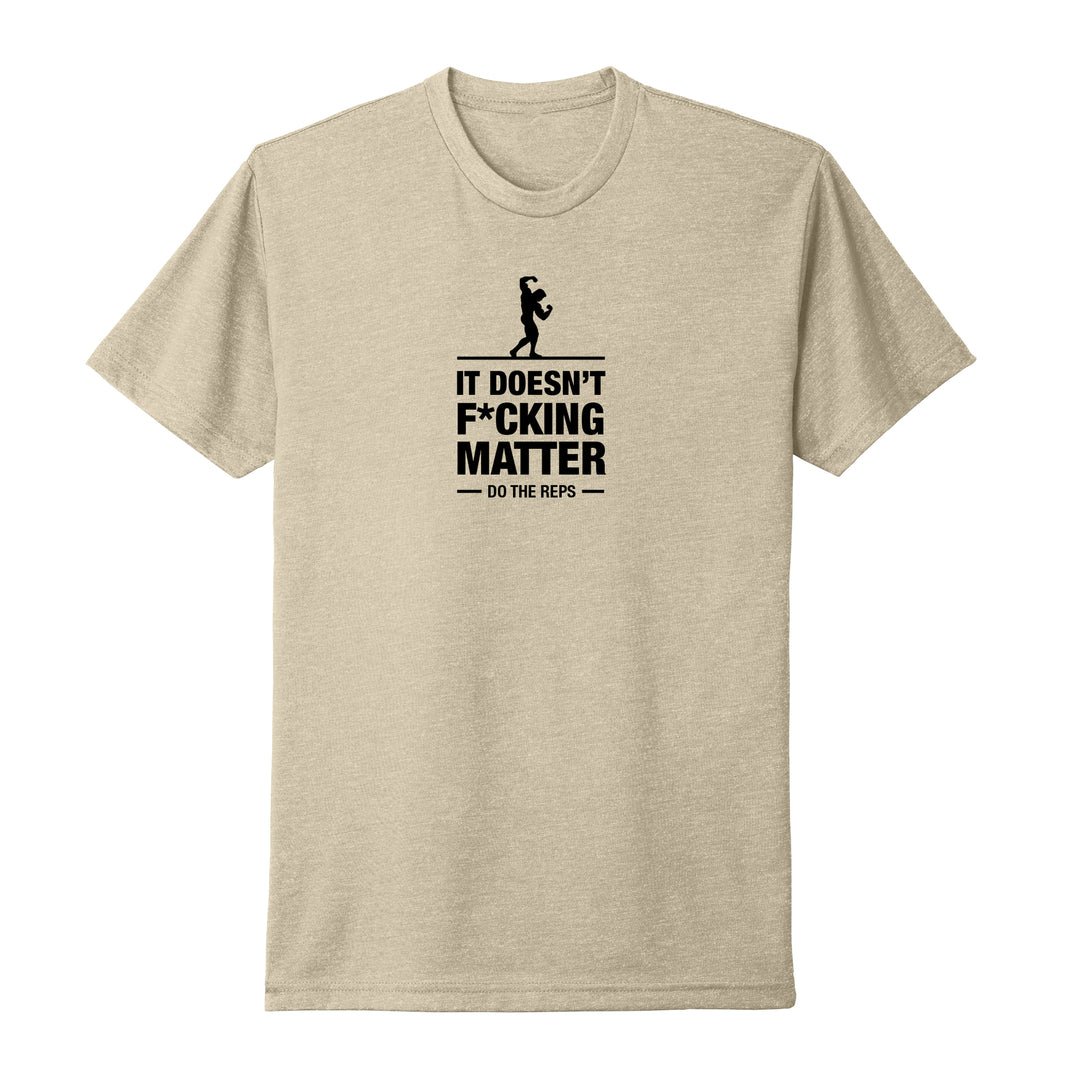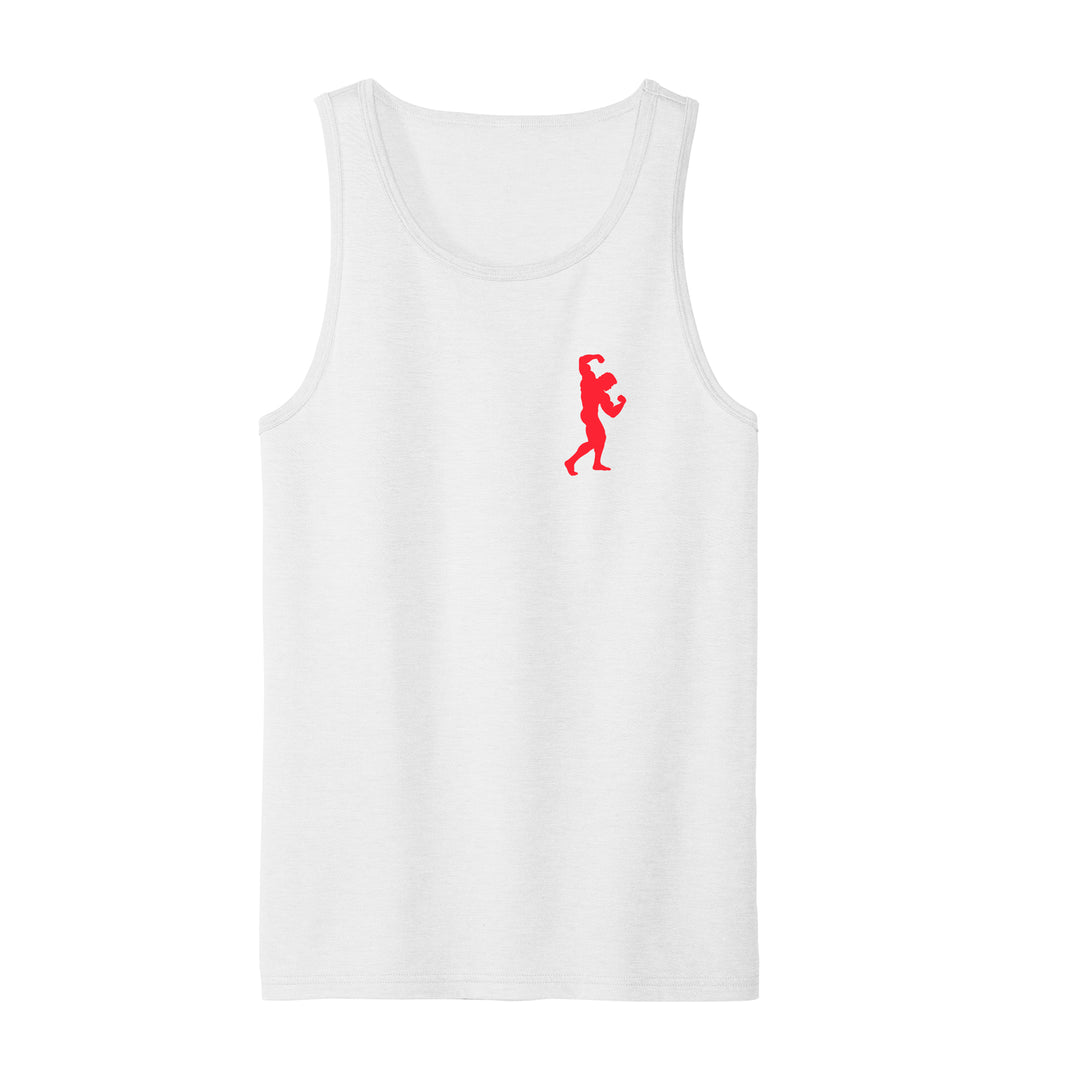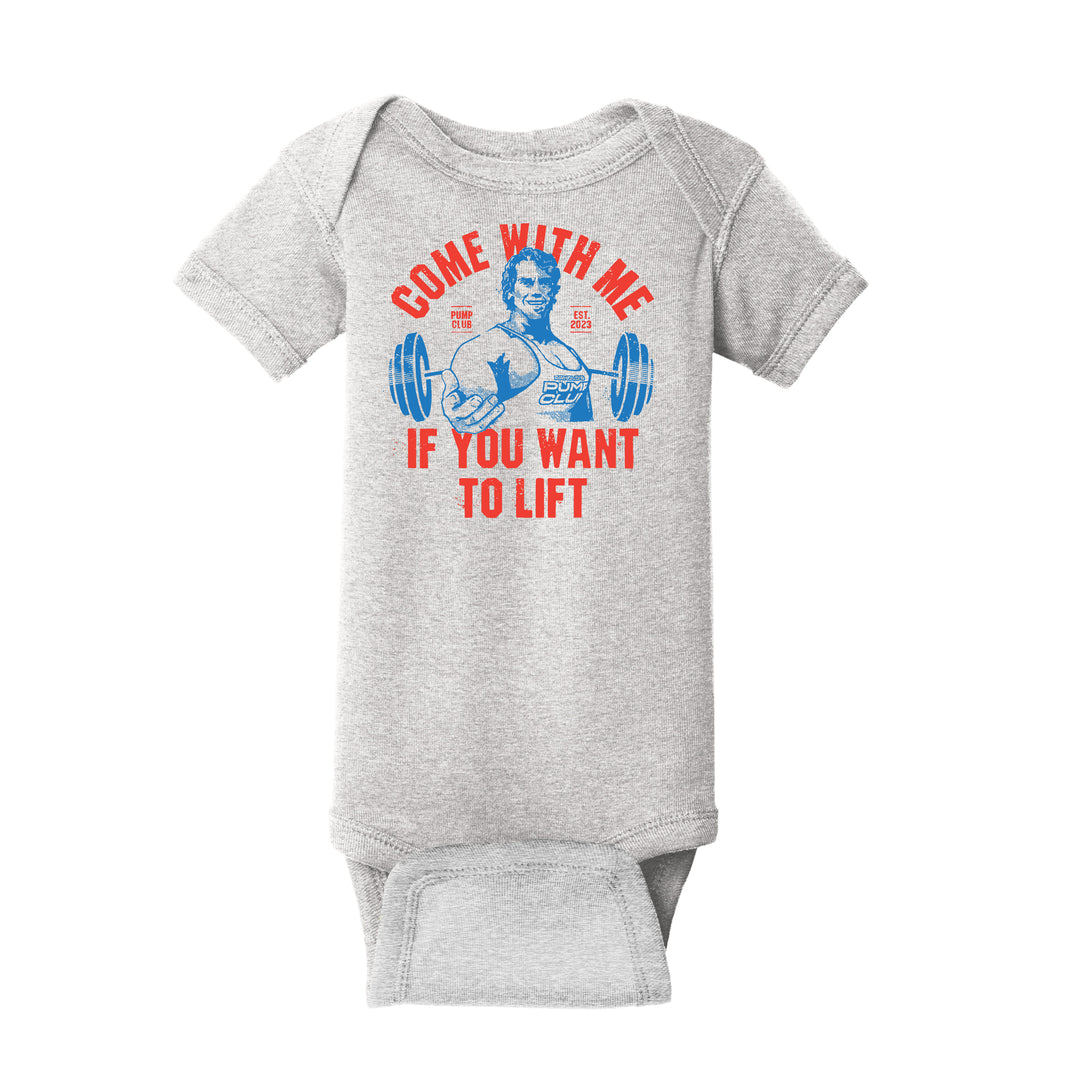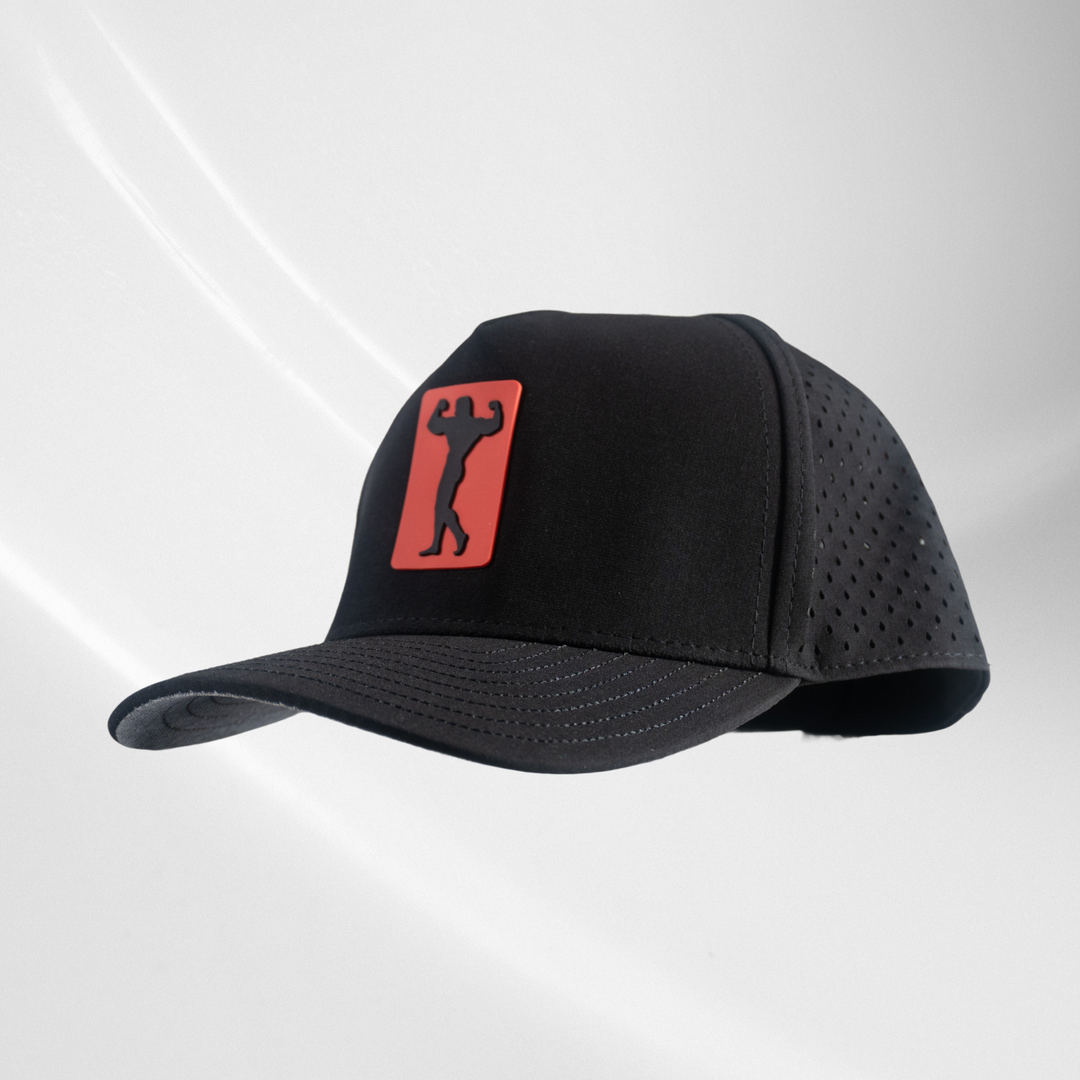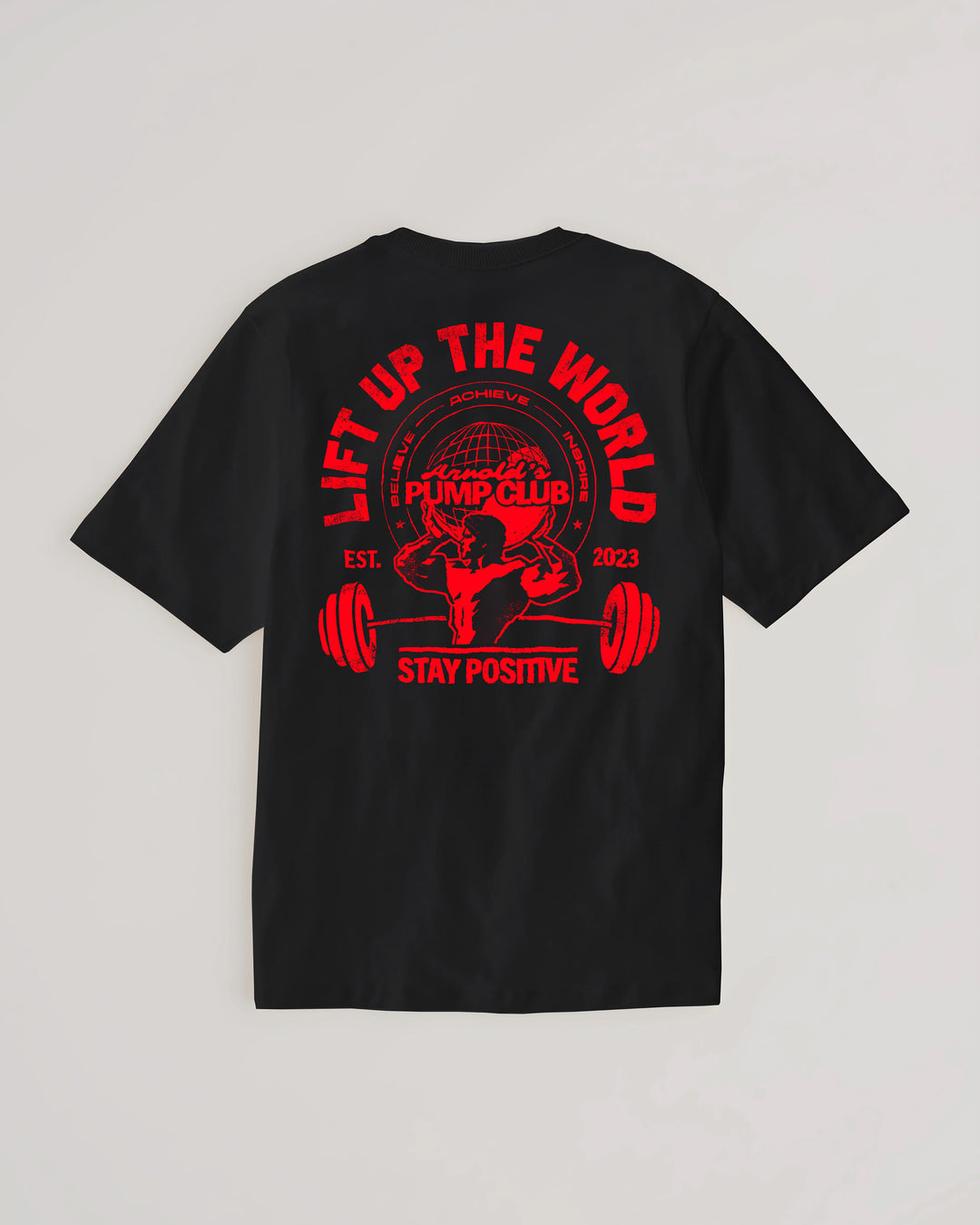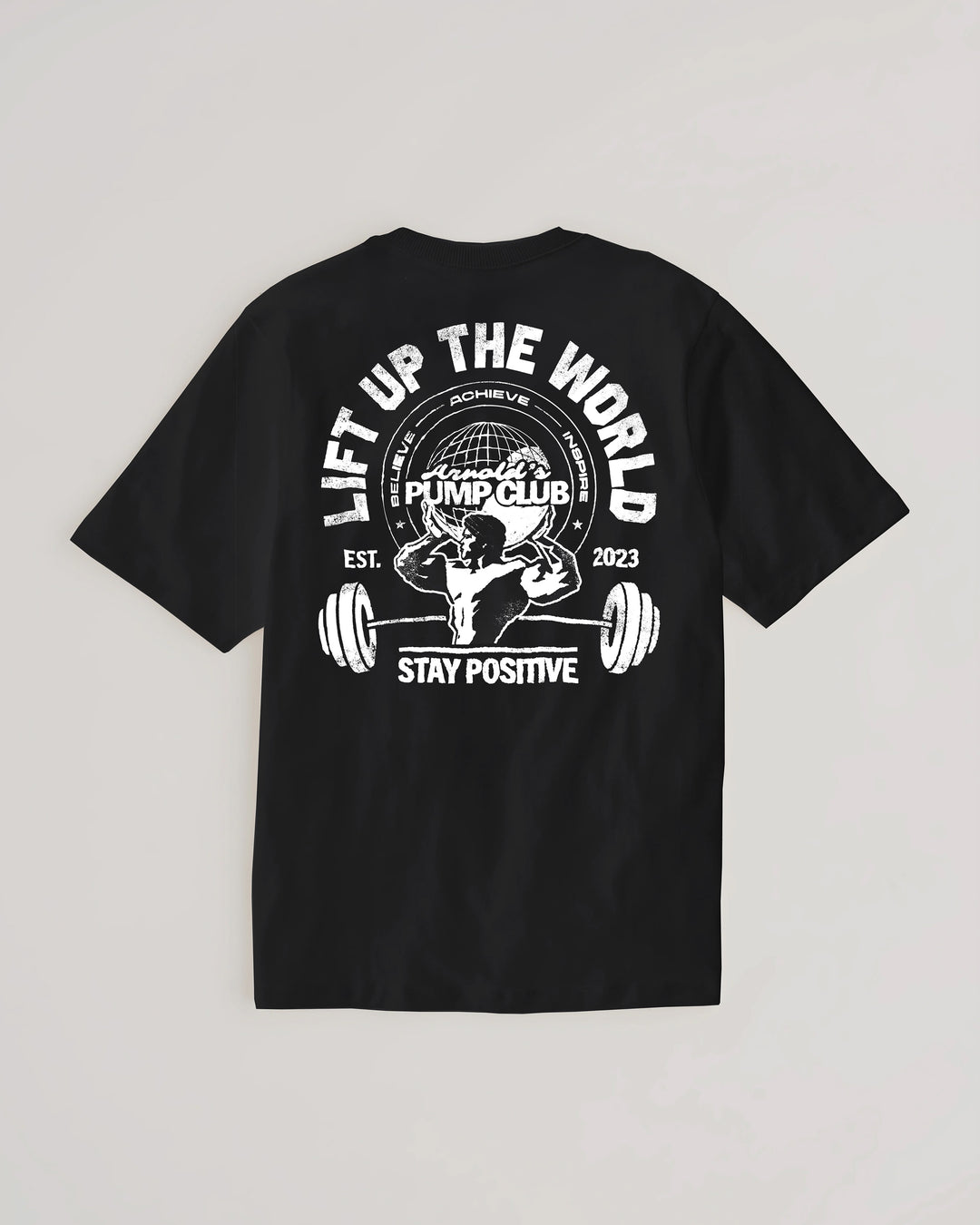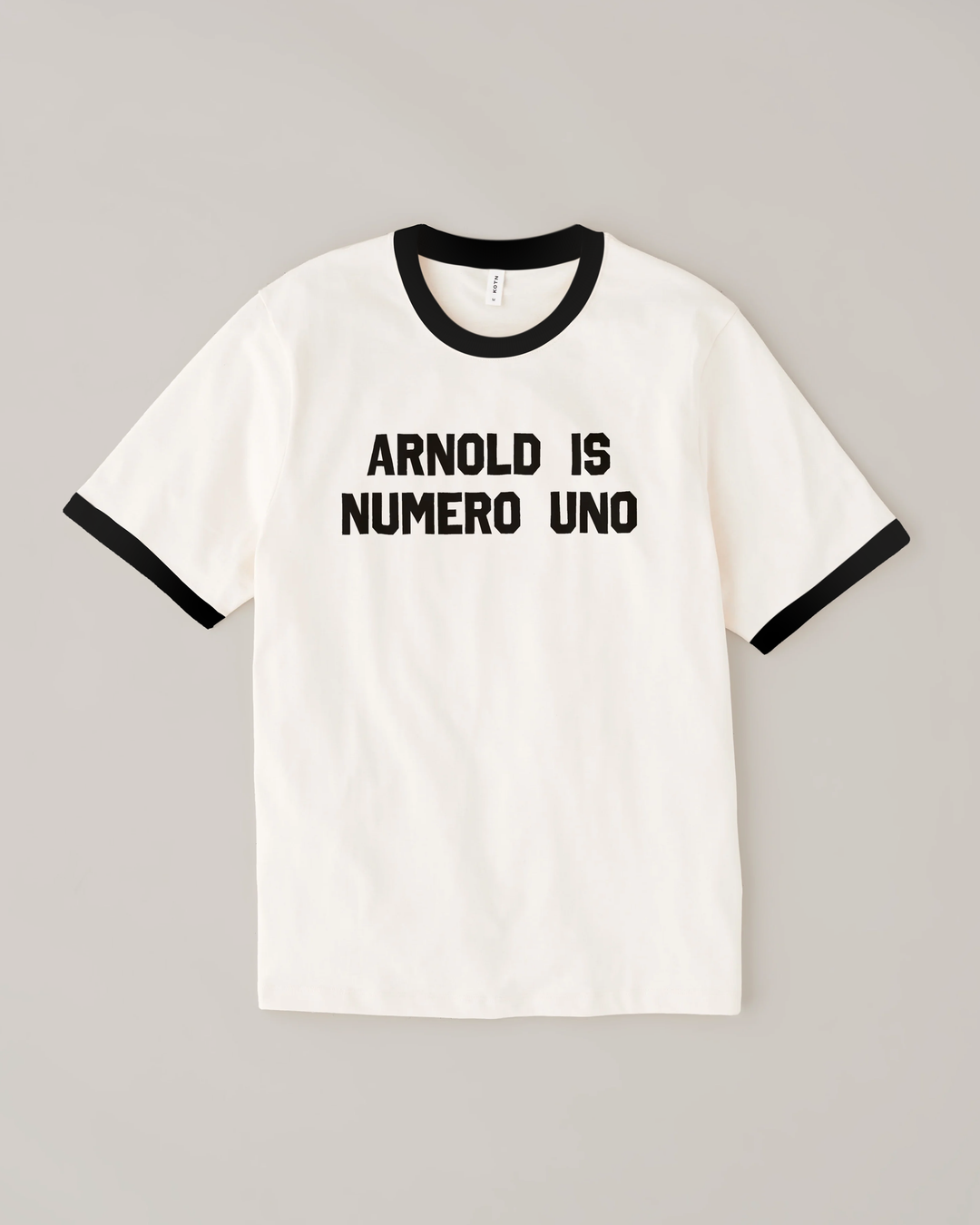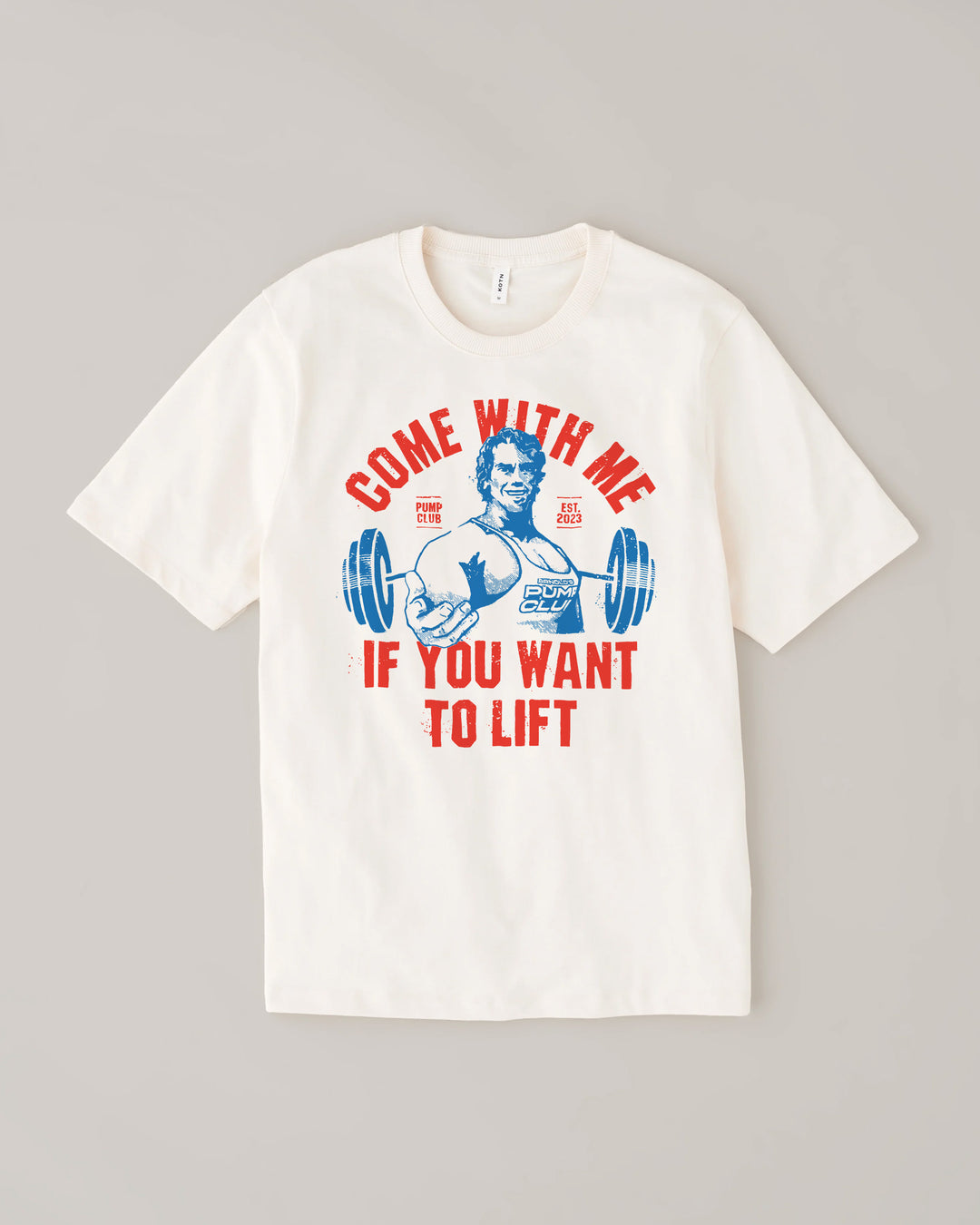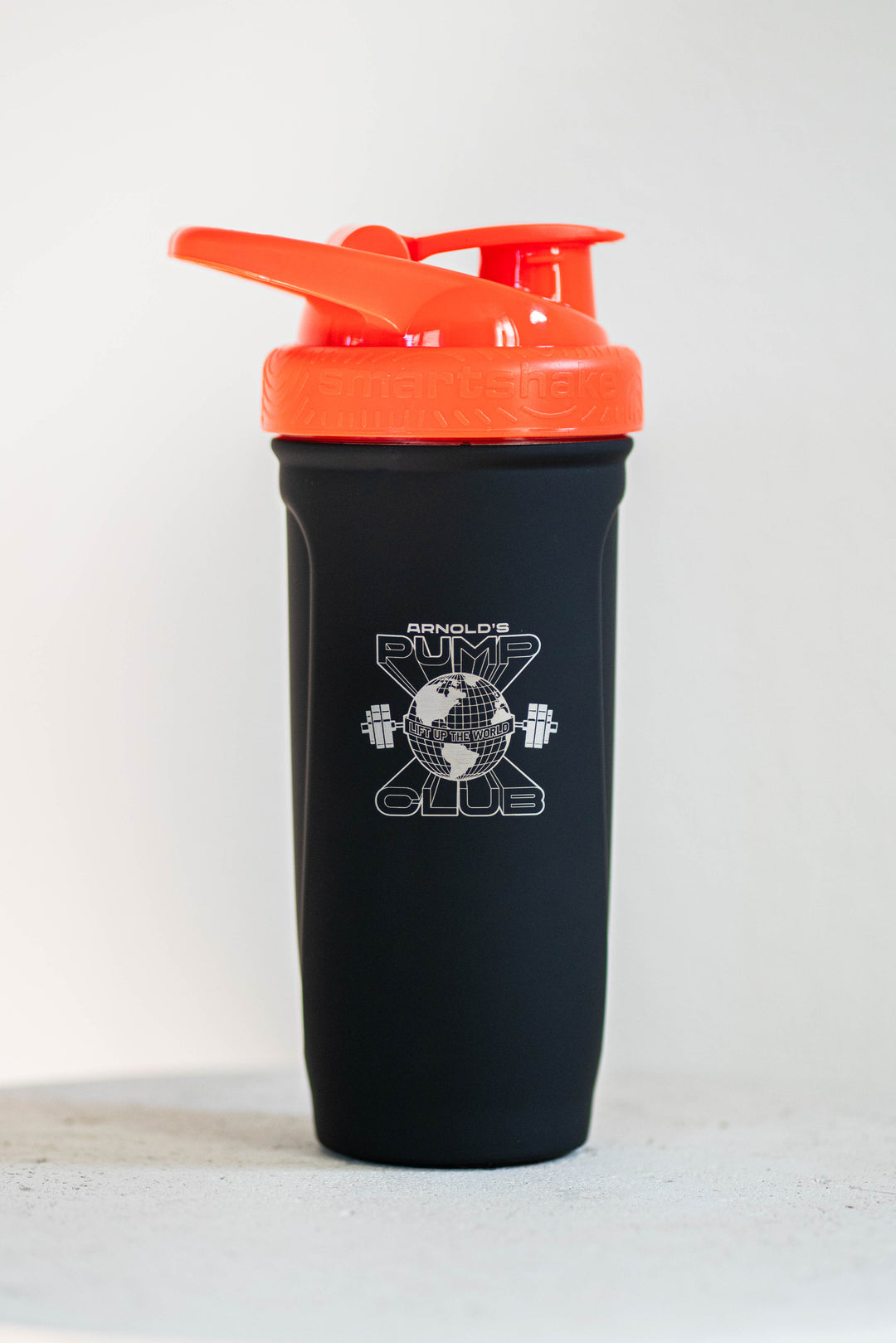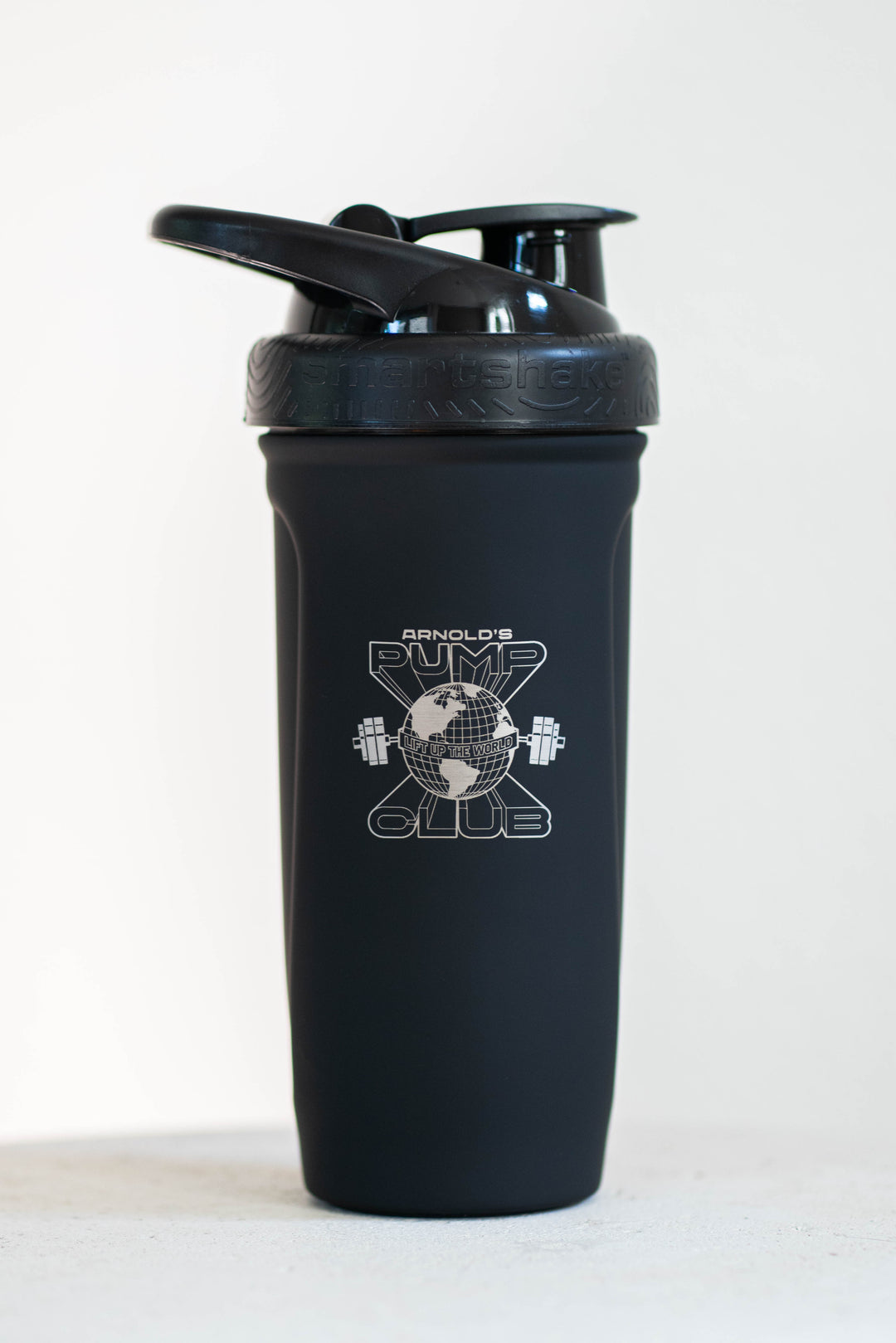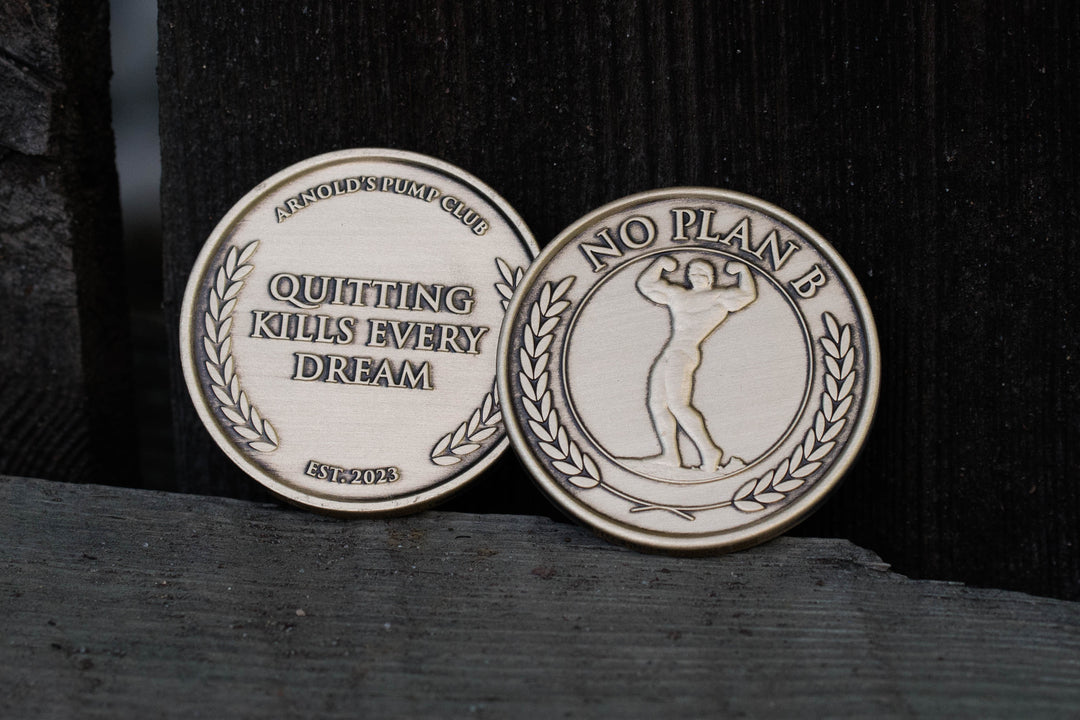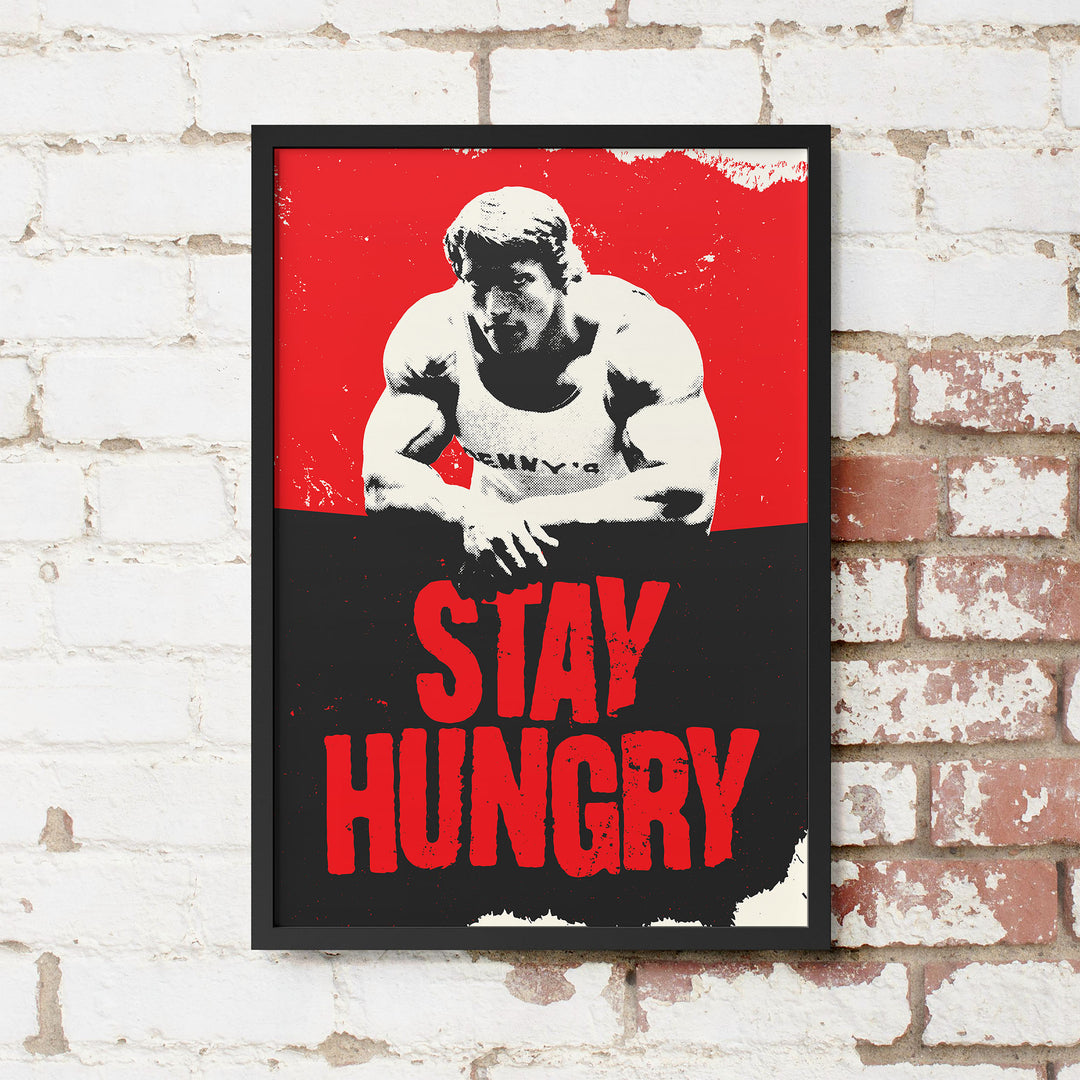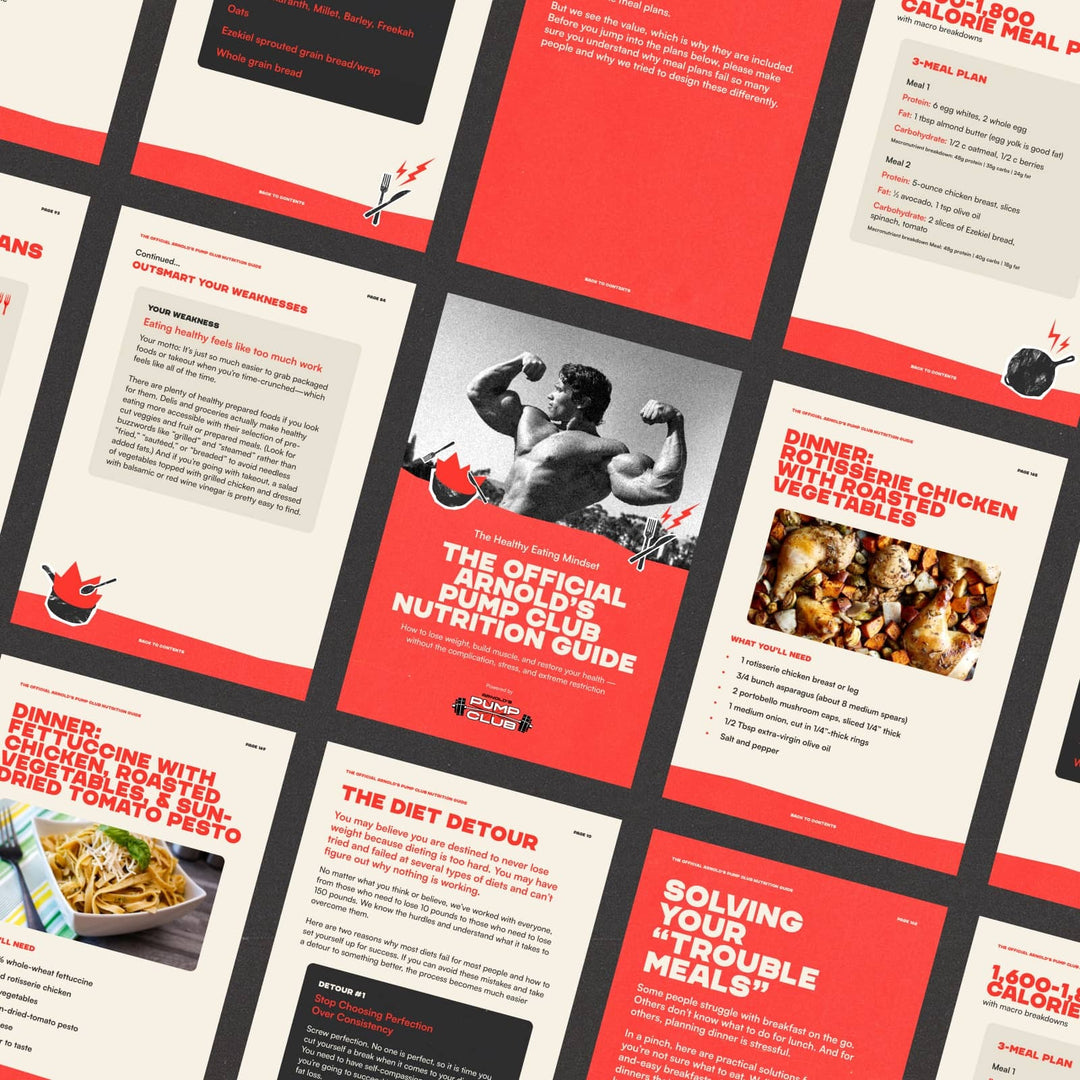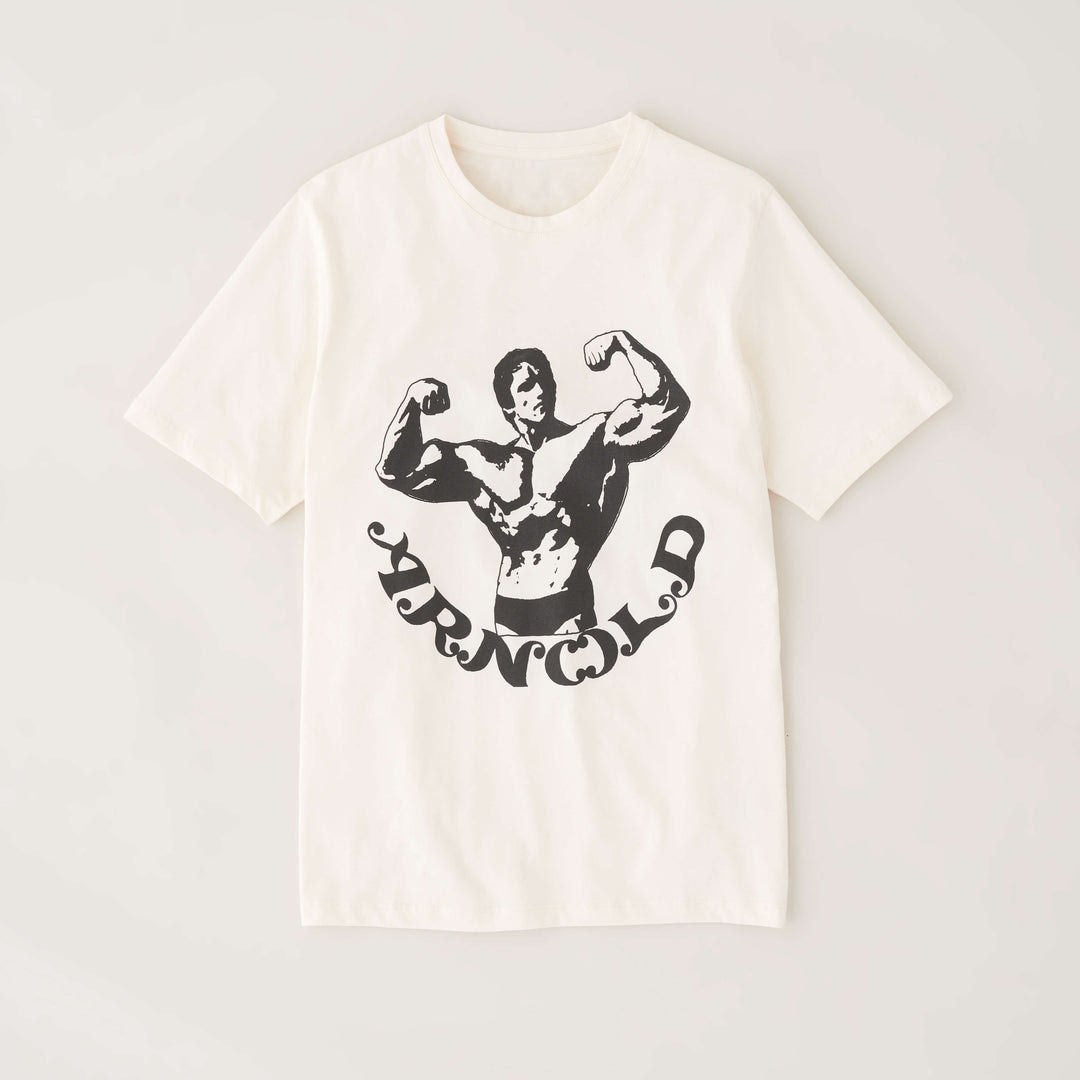Welcome to the positive corner of the internet. Here’s a daily digest designed to make you healthier in less than 5 minutes. If you were forwarded this message, you can get the free daily email here.
Today’s Health Upgrade
How to thrive in any situation
The under-$100 home gym
A real metabolism disruptor
Arnold’s Podcast
Motivation every day. Want Arnold to help you start your day? Each morning, we post a new podcast with tips you’ll find in the daily email and bonus stories, wisdom, and motivation from Arnold. Listen to Arnold's Pump Club podcast. It's like the daily newsletter but with additional narration and thoughts from Arnold. You can subscribe on Apple, Spotify, Google, or wherever you listen to podcasts.
When The Going Gets Tough, The Tough Build Rugged Flexibility
Is it better to fight through the storm — or to make yourself more flexible and go with the flow?
Research suggests the answer is both: the best way to endure, thrive, and persist through life's inevitable changes is to develop both ruggedness and flexibility.
Rugged flexibility is a concept explored in great detail in Master of Change. To be rugged is to be tough, determined, and durable. Flexibility is consciously responding to altered circumstances or conditions, adapting and bending easily without breaking. The combination results in anti-fragility that will help you thrive in the most challenging situations.
So, how do you decide when to dig in and when to evolve? The best way to face change is to know and hold onto your deeply-held core values; these are the characteristics and beliefs that make you who you are. But, at the same time, you also want to cultivate an open mind, apply your core values and beliefs flexibly, and be willing to adapt, evolve, and grow.
The next time you face a challenge, be it the smaller day-to-day stuff or the more significant disruptions we all face, ask yourself what it would look like to be both rugged and flexible. Where do you need to rely on the essence of who you are, and how can you adjust to a situation without sacrificing your core values? Combining these two elements will not only help you overcome hurdles but also allow you to feel positive about who you are and help you better navigate the ever-changing realities of life.
The Under-$100 Home Gym
Each week, we share a free workout for all of you to try at home or your gym. The more plans we share, the more questions we receive about adding equipment.
You know gyms have all the fancy machines, but you can get great results by doing bodyweight exercises. However, a little bit of equipment can add more variety, which might help you stay committed to your plan.
We spoke with Cooper Mitchell (Coop), the creator of Garage Gym Reviews, because he has helped millions of people build home gyms. His reviews are fantastic, and his passion for assisting people to find good options for their homes and budgets is something we respect.
Over the next few weeks, we’ll share examples of equipment you can add to your home at different budgets. Today, we’ll focus on building the ultimate $100 gym. If you don’t have a big budget, these options can help you increase the intensity without decreasing your savings.
Here are four fitness essentials Coop recommends if he were to build a home gym from scratch while maintaining a tight budget.
Gymnastics Rings: If you’re going to buy anything, I would buy the ultimate bodyweight upper body builder: Gymnastics Rings. You can use these for pull-ups, dips, push-ups, rows, muscle-ups—you name it. If you’ll take care of them and keep them inside, buy a pair of wood rings, like here. If you’re going to leave them outside, buy this option. I’ve had a pair outside hanging from a tree for over a decade.
Jump Rope: A jump rope is another incredible purchase outside of gymnastics rings. This is a great option (or you could build one too.) They’re cheap and, in my opinion, the most underrated form of conditioning. If you’re curious about the results of jumping over a rope, go to your local boxing gym and see the conditioning levels. Also, you’ll notice my recommendation is a thicker rope. Speed ropes are great for double-unders, but I recommend a PVC rope for general training.
DIY Slamball: Pick heavy things up, put them down, and do that a lot over a long period, and your body will change. The DIY Slamball is a piece of equipment that allows you to live out this concept. I wrote this guide on how to build one some years ago, and I can’t tell you the number of emails I’ve received from people who followed it and raved about its effectiveness.
DIY Sled: The ability to pull something heavy over long distances is very useful for life and will tax your entire body like you wouldn’t believe. Take an old tire, wrap a strap around it, throw something heavy on top, and get to pulling. You can use this for long distances and sprints, and if you add two straps, you can also do exercises like rows, curls, and more.
The Metabolism Killer
Could your sleep schedule be why you don’t respond well to carbs?
Researchers recently studied the relationship between your sleep routine and insulin sensitivity (how well your body tolerates carbs). Poor sleep appears to result in a poor glucose response to high-carb and high-fat meals. In other words, the better you sleep, the better your metabolism can handle, process, and regulate the foods you eat.
In the study, researchers tested eight different types of meals over two weeks and studied glucose levels up to two hours after the meal. It is completely normal for blood glucose to rise after a meal (no need to freak out when this happens). However, if it stays elevated, it can lead to health problems. When participants got more sleep, they responded better to the high-fat and high-carb meals. Whereas when they slept less than 5 hours, the same foods dramatically impacted blood sugar two hours after a meal.
But it wasn’t just sleep duration that made a difference. Sleep efficiency, sleep quality, and sleep midpoint all appear to influence how your body responds to food. So, the deeper you sleep and the earlier you go to bed, the more likely your body will reward you by responding better to the food you eat the next day.
If you want a place to focus, start by making sure you get approximately 7 to 9 hours of sleep per night. Then, try to make any of these four changes:
Go to bed at a similar time each night
Sleep a little earlier
Stop eating at least 2 hours before you sleep
Remove screens at least 1 hour before you sleep.
These factors all influence sleep quality and efficiency. And don’t forget, getting enough sleep also helps control hunger and cravings. This is one more reason why prioritizing sleep can be a small change that significantly impacts your overall health, training, and nutrition.
—
Publisher: Arnold Schwarzenegger
Editors-in-chief: Adam Bornstein and Daniel Ketchell
he




